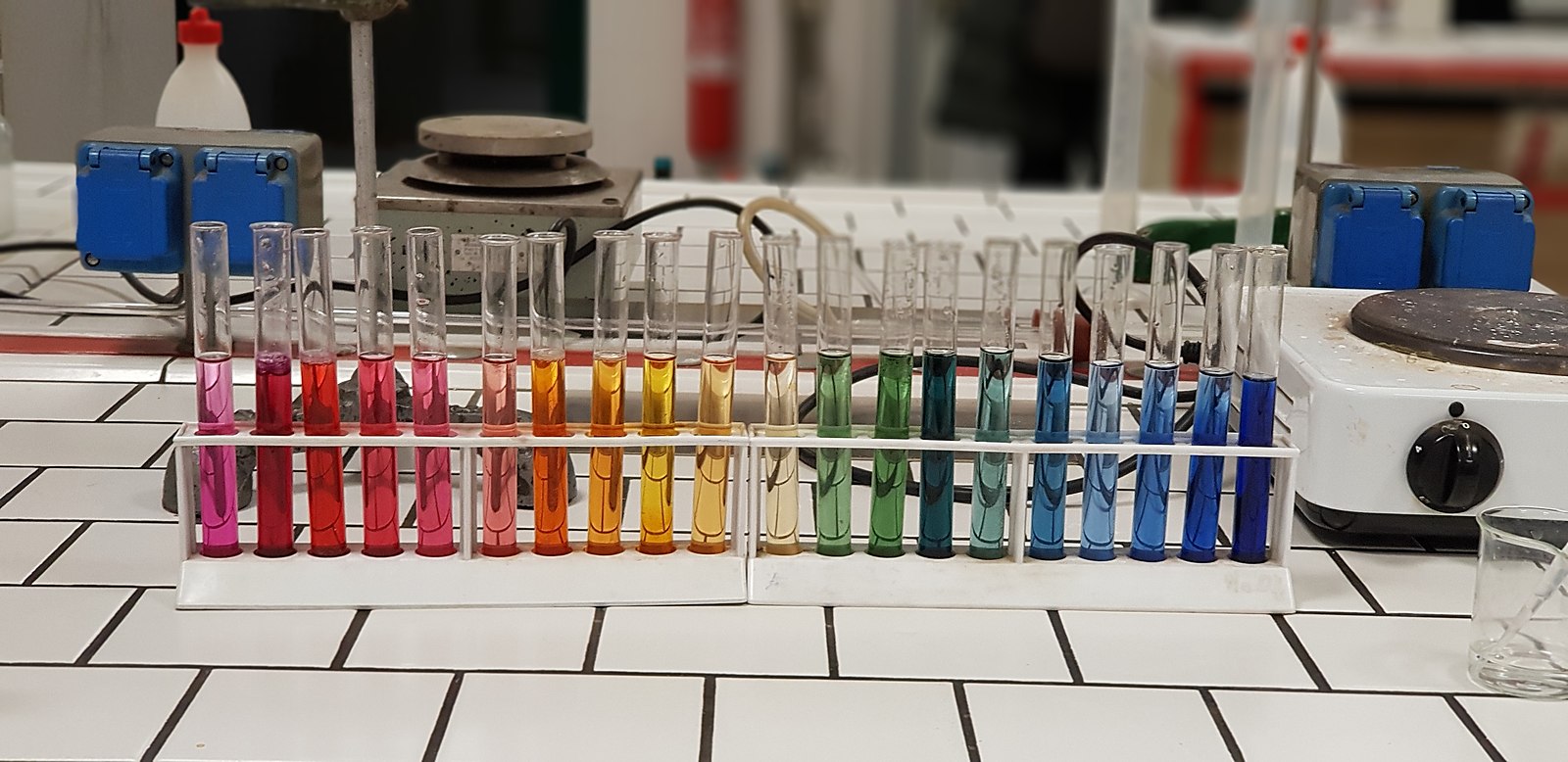The pH of dialysis water is a critical factor in ensuring the safety and effectiveness of hemodialysis treatments. Maintaining the optimal pH range of 6.8 to 7.8 is essential for preventing complications and ensuring the dialysate is isotonic and safe for the patient.
Understanding the Importance of pH in Dialysis Water
Dialysis water with a pH outside the recommended range can lead to various complications, including clotting in the dialyzer. Studies have shown that low pH levels in the dialysate are associated with frequent clotting in the extracorporeal circuits of different dialyzers. To address this issue, the introduction of an automatic titration device into the dialysate preparation system has been found to eliminate clotting and associated blood loss and clinical symptoms.
Maintaining the proper pH level in dialysis water is also crucial for controlling the chemical constituents of the water used in the mixing of dialysate and the maintenance of dialysis systems. Contaminants in the water can change the ionic composition of the dialysate, alter the concentration gradient, and react with constituents of dialysate or blood, potentially generating toxic levels for the patient.
Monitoring and Controlling pH in Dialysis Water
To ensure the pH of dialysis water is within the recommended range, it is essential to monitor and control the chemical constituents of the water used in the mixing of dialysate and the maintenance of dialysis systems. This includes regularly testing the pH and conductivity of the dialysate before each treatment.
pH Measurement and Verification
An independent pH measurement is required to verify dialysate pH in instances where the dialysis system does not include a pH monitor. This is because dialysate with a pH below 6.5 or above 7.5 is considered unsafe for use in hemodialysis treatments.
Contaminant Removal Processes
To address contaminants in dialysis water, various treatment processes can be employed, depending on the types of constituents that must be removed and the overall water quality. For example, if feed water is high in total dissolved solids (TDS), DI systems alone may not be an economical solution for contaminant removal. Care must be taken to order treatment processes such that a subsequent process does not undermine the treatment process(es). Each process must also be carefully monitored and controlled to ensure final product water quality and to maintain equipment.
Conclusion
In conclusion, maintaining the proper pH level in dialysis water is crucial for ensuring the safety and effectiveness of hemodialysis treatments. This can be achieved by monitoring and controlling the chemical constituents of the water used in the mixing of dialysate and the maintenance of dialysis systems. Additionally, it is essential to check both the pH and conductivity of the dialysate before each treatment and employ appropriate treatment processes to address contaminants in the water.
References:
– The Details of Dialysis
– Evaluation of Some Chemical Parameters of Hemodialysis Water
– Hemodialysis
– Dialysis Fluid
– Dialysate pH and Clotting
– Water Treatment for Hemodialysis

